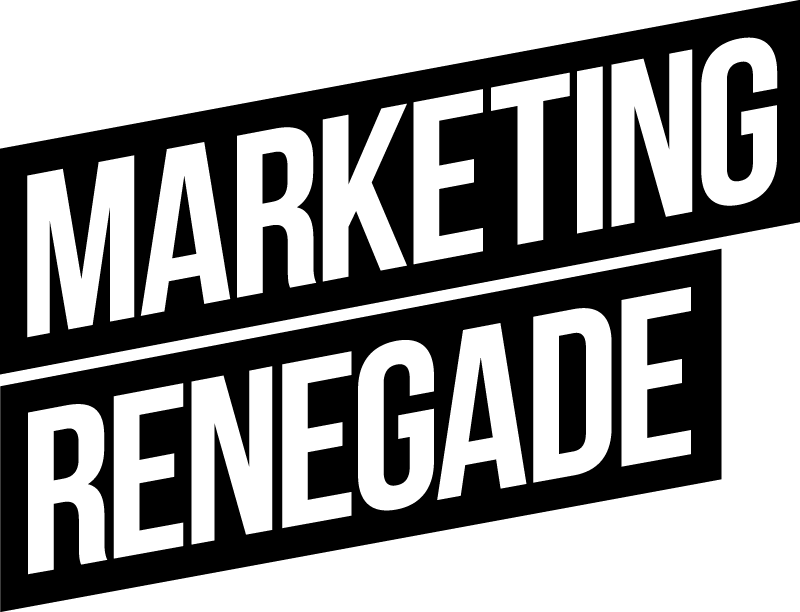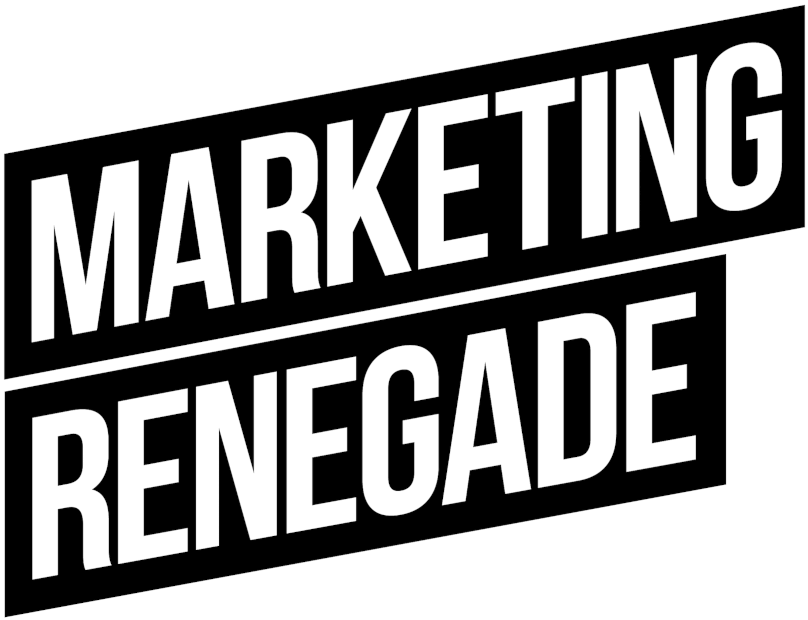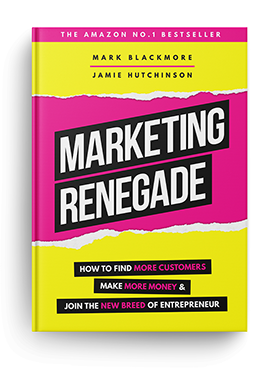Does Your Website Answer the Three Key Questions that Every Customer Has?
All too often, websites becomes a messy, confusing hybrid of what the business owner wanted and what the website designer wanted to build. You know how it goes. You started off with a simple, clear vision, but as the website takes shape, new sections are added, the word count creeps up, the navigation gets more complex.
As the opinions of the business owner, the team and web designer get louder and louder, your customer’s priorities get shunted further and further down the list.
The best performing websites however, belong to those business owners who plant themselves firmly in the shoes of their customer and ignore everyone else. And this actually makes building a website that works much easier, because your customers don’t care about your website the way you do. They care about themselves, and so you only have to worry about a very short list of priorities that every customer has.
To be specific, there are 3 key questions every new visitor to your website has.
These questions are:
1. What do you do?
2. What’s in it for me?
3. What do I do next?
That’s it. If your website answers these 3 questions within the first five seconds, your website is already leaps and bounds ahead of your competition.
“The best performing websites belong to the business owners who plant themselves firmly in the shoes of their customer.”
In my experience, one webpage that answers these 3 questions quickly, always massively outperforms a big, flashy website which took months, sometimes years to get online.
Now, when you set out to answer these 3 questions, you may find that old habits die hard. For example, when you set out to answer the first question, ‘What do you do?’ you may well find yourself fighting the urge to over elaborate and over complicate. But, remember, when you really are firmly in the shoes of your customer, you appreciate they don’t have the time or patience the read about when your business was established, or spend the time and effort translating the industry terms you use with peers and colleagues.
Let’s say, for example, your company builds apps.
What your customer needs is less of this:
‘We build holistic, immersive experiences for native digital platforms.’
(Nope. Not a word.)
And more of this:
‘We Build Amazing Apps.’
(Got it.)
Answering the second question, ‘What’s in it for me?’ is also fraught with danger. Your instinct, perhaps, is to dive straight into features, technical reasons as to why your processes and technology is far superior to the competition. But your customer, again, isn’t ready to hear that yet. The key is to meet your customer where they are.
Your website visitor is more than likely doing a little research into potential suppliers and needs comfort that you can deliver a project on time, on budget at a fair price.
Demonstrating that you understand this and showing an appreciation that your customers are most likely not as technically minded as you, is a huge step forward.
Case studies and examples of other instances you’ve achieved the desired result for other customers are particularly powerful at this stage.
Now your customer knows exactly what you do. And they are comfortable you can deliver. You move to question 3: ‘What do I do next?’
Obviously, what you want is a meeting, a signed order form, a deposit. But of course your website visitor isn’t ready for that. They’ve only just met you and are a click away from leaving if you push too hard.
Initially, how about you offer a quick instant chat to learn more about their project?
Or access to your portfolio of previous work you've done?
Or a free project checklist to see if they’ve got everything they need to begin the project?
These are all low risk conversation starters which gently ask for permission to start a more meaningful conversation.
And meaningful conversations, is how sales happen.




.jpg)
